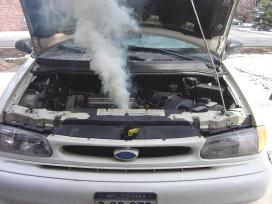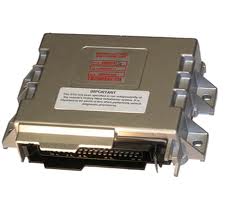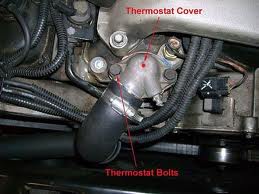Well to answer this question I will base it on my experience, travel and my own research. I will compare NZE and B-15 that have equal engine capacity (1490cc).
 |
| Nissan Sunny B-15 |
 |
| Toyota Corolla NZE |
My experience
First to start with experience I already told you that my first car was a Nissan B-15 What some mechanics will tell you, part I. This was despite of all the efforts by my friends to convince me otherwise. I bought the car with a mileage reading of 83,000km. Right now the mileage is 140,000 km.
I replaced the rear shocks in july 2011 and front shocks in january 2012. I have also replaced the ball joints bushings, tie rods and battery once. Other than that for the 50,000 km on that car, the only other expense has been normal service (oil, plugs, air filter, oil filter). There is no place I have not gone with this car.
In july 2011 I bought a Toyota NZE year 2004 with milleage 43,000km. Today the milleage is 60,000km. I went with it to Mbiuni (near Kangundo - Ukambani), it broke the steering rack end. I have also replaced the rear shocks and battery.
Toyota NZE feels much lighter than Nissan B-15. when I check the weights, Nissan B15 2002 model is 1,100 kg. Though later models are lighter. Nissan B-15 year 2003 is 1,050 kg. Toyota NZE 2004 is 1,030kg.
I know for sure Toyota NZE is better on fuel economy than Nissan B-15. At the current price of ksh. 120, I will spend 400 on Nze for me to get to work and back home with all the traffic jam. But for Nissan B-15, I will need ksh. 500. this is for a total distance of 30km.
NZE have done a good job in the seats. They are really raised and very comfortable. you dont feel like you are seating on the floor. Unlike its predecessors, the Toyota 110 and 111 which were also so crammed together leaving no spaces for legs. The NZE may look small on the outerside but it has an amazingly big room inside. It has enough leg room and nice comfortable raised seats.
Unfortunately the B-15 seats are low and not so comfortable. The steering for the Nissan B-15 is much firmer as opposed to NZE which is so soft, you can almost turn it with one finger!
NZE engine employs VVT-i technology ( Variable Valve Timing with intelligence - developed by Toyota). This has the advantage of lower fuel consumption, lower exhaust emissions and higher power output. But you need to understand that all modern engines use the same technology with different terminologies. The general name for the technology is "Variable valve actuation (VVA)". For example Nissan first developed their own form of VVT 1986 with the VG30DE(TT) engine.
The response of NZE when picking up is amazing perhaps because of its weight. However you will never catch a B-15 after it has hit 120km/h. It like begs you to push it further. Again I realized it is much easier to break an NZE without the tires screeching than a B-15. Again I think this should be because of weight. Overal NZE has good response in picking up and stopping but maybe abit shaky at high speed. On the other side you may want to be careful with B-15 when you hit top speed as stopping will not be so instant. B-15 may also tend to rev more than NZE when picking up.
From my travelling
Now based on some travelling I have done. In Rwanda a Nissan is a rare site. Reason being they are so expensive there. So everybody is driving a toyota. In Uganda, same thing, Toyotas are prevalent never mind the year. I think they don't have age limit on imported cars in Uganda. Same thing to Tanzania, more Toyotas.
Over to Democratic Republic of Congo (DRC). If you see an NZE or B-15, take a photo and send it to me. Those guys use Mercedece C class as taxis! Infact I will talk about cars in DRC in another post.
So what about Japan where both brands are actually manufactured? Well ordinary Japanes people view the two cars as same and buying one in place of the other is merely a matter of personal preference.
You are actually paying for the Toyota Logo
My conclusion: NZE should cost same B-15. There is nothing so special about Toyota NZE. So why are you paying so much for the Toyota logo?



















